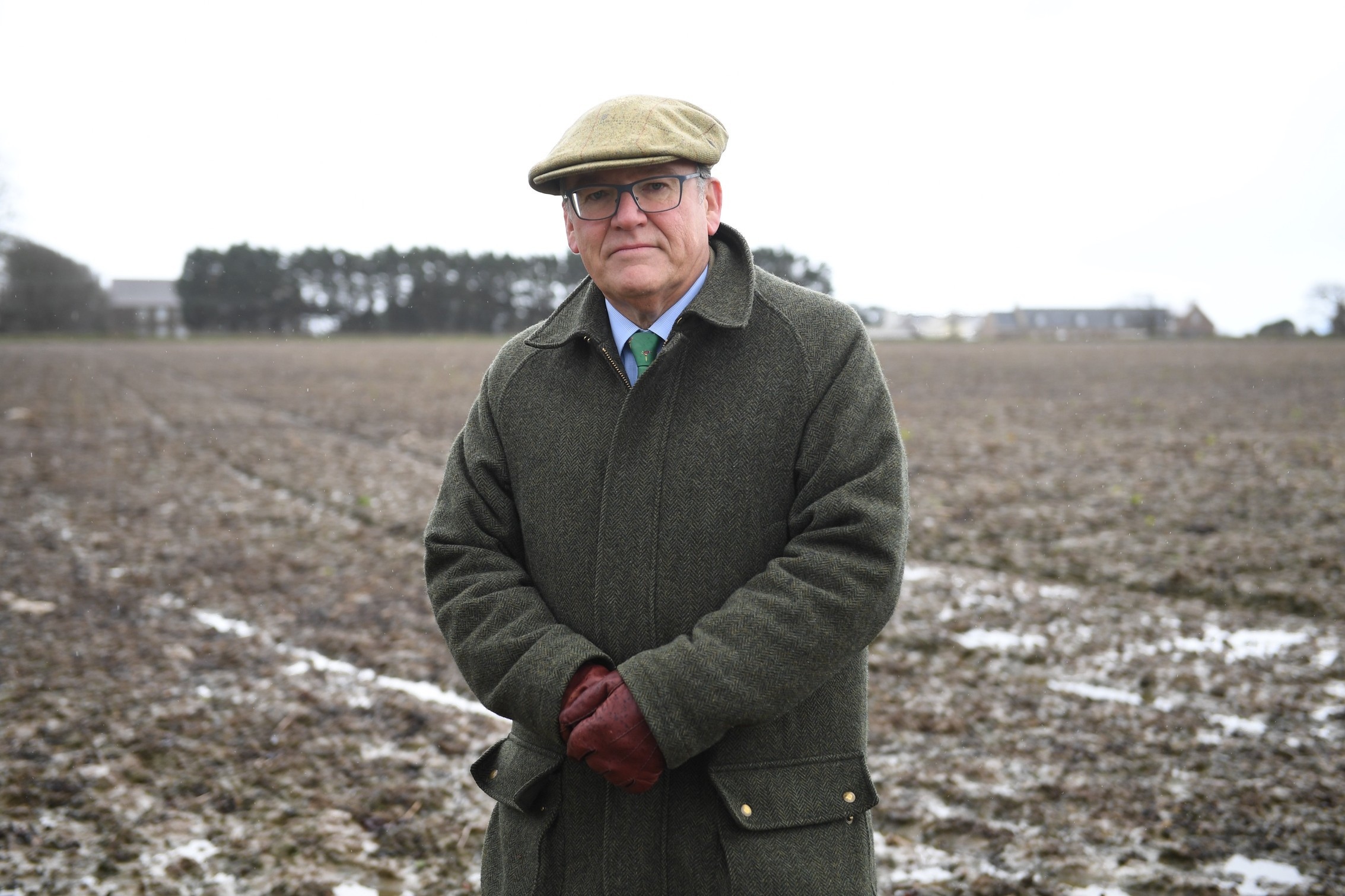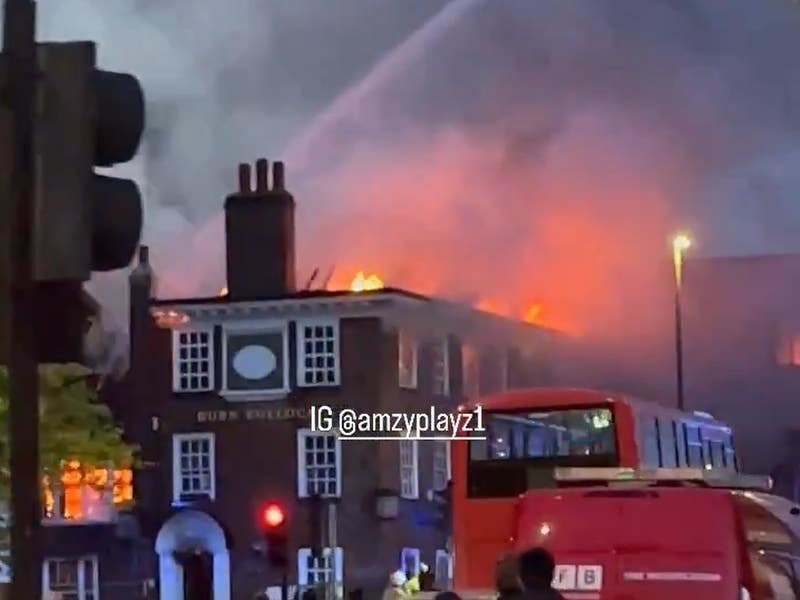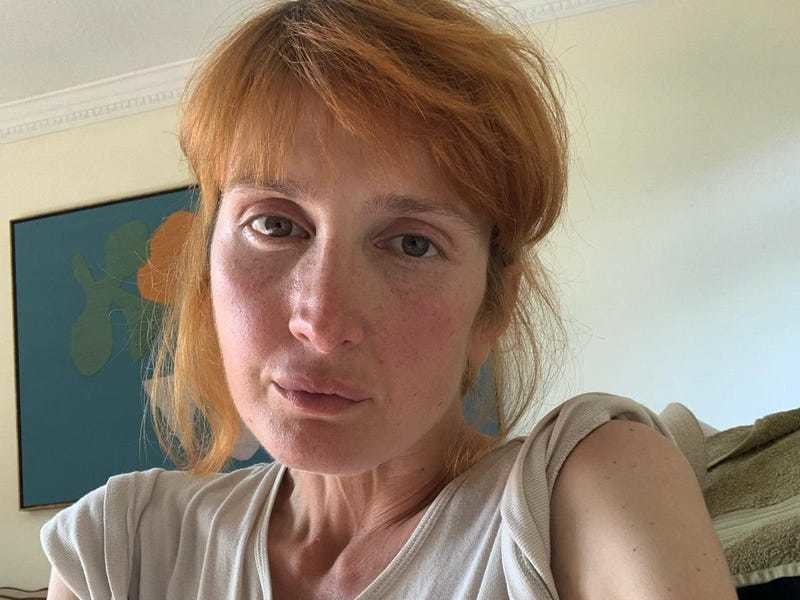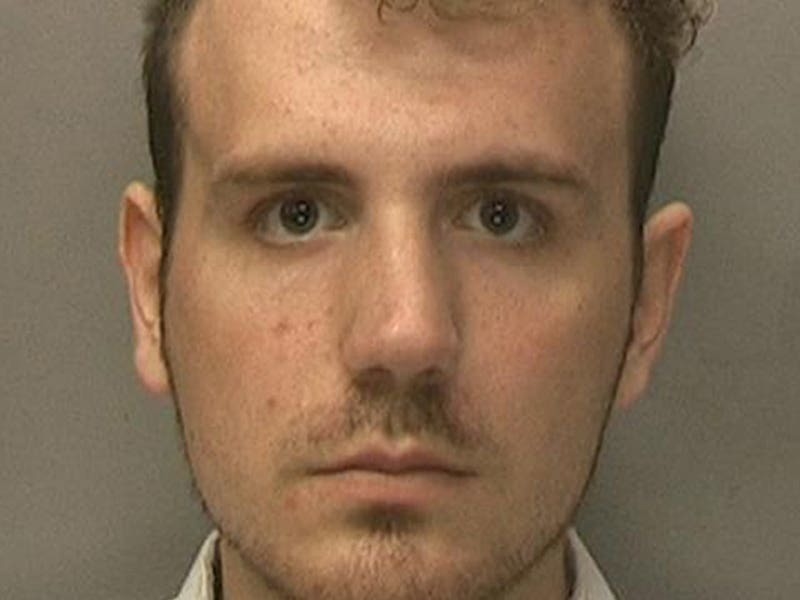ANY St Ouen residents flicking through recent land transactions might be forgiven for thinking they were about to get a royal neighbour…
Recent Royal Court records show that several fields to the west of Route de Vinchelez have been transferred to a new owner – referred to in the papers as Her Majesty.
However, the Queen is not about to become the Island’s latest high-net-worth resident. Instead, the £300,000 purchase of Fields 283, 284, 285, 286 and 287 will form part of a wider portfolio of Jersey land owned by the Crown.
Receiver General Alan Blair, who oversees the Crown’s estate in the Island, said the Crown now owned 84 fields, which were spread across all 12 parishes. In total, the portfolio spans almost 600 vergées.
The Crown’s portfolio also consists of four residential properties and one farm, as well as the Minquiers and the Écréhous reefs.
Mr Blair added that the fields in St Ouen were purchased as they were ‘good-quality land’, which would be leased to The Jersey Royal Company for the next five years.
‘The Crown has a sizeable land bank of just under 600 vergées in the Island. They are a keen supporter of agriculture in the Island and these fields will benefit The Jersey Royal Company as their labour costs have risen and these fields are close to where they already have land so farmers won’t have to travel far from one location to another,’ he said.
Mr Blair explained that the royal estate had increased in recent years as funds were escheat to the Crown, which means that they are held by the Crown when a person dies without a will or a company is dissolved without disposing of its interest.
These funds are held by the Receiver General, on behalf of the Crown, for ten years after which, if unclaimed, they fall to the Crown.
They are then reinvested by the Receiver General into property or land and any revenue is returned to the Island.
Such property becomes ‘Bona Vacantia’, which means vacant goods, and is the legal name for all unowned property claimed by the Crown.
Mr Blair added: ‘The Crown has always purchased, and been passed on, land. It creates substantial revenue for the Island and helps to protect Jersey, as land owned by the Crown cannot be used for anything other than the common good.’
The Crown has collected revenue in the Island in this way since 1312. In 1947, King George VI decided that the revenue of the Crown made in Jersey should be placed at the disposal of the British government and that Jersey should be responsible for the upkeep of the Lieutenant-Governor and the Crown officers.
At the same time, the British government agreed that any such revenues it received would be paid to the States of Jersey to offset the maintenance costs. The gift of revenues in Jersey came with the request that they should be used to maintain the honour and dignity of the Crown.
On 12 June 2015 the Crown gave the foreshore – the area of land between high tide and low tide and the seabed – to the people of Jersey.
As the previous owner of the land, the Crown had allowed landowners along the coast to access the seashore from their properties.
However, the gift rapidly became the subject of controversy when two Islanders tried to sell properties bordering on the land newly owned and administered by the government. They faced demands from the government’s property department for compensation for alleged encroachments.
In March last year, the States agreed a new policy for dealing with encroachment on the foreshore, which meant only those Islanders whose encroachments were ‘interfering’ could be liable to contribute to the cost of their removal if they were made before the land was transferred by the Crown to the States.






